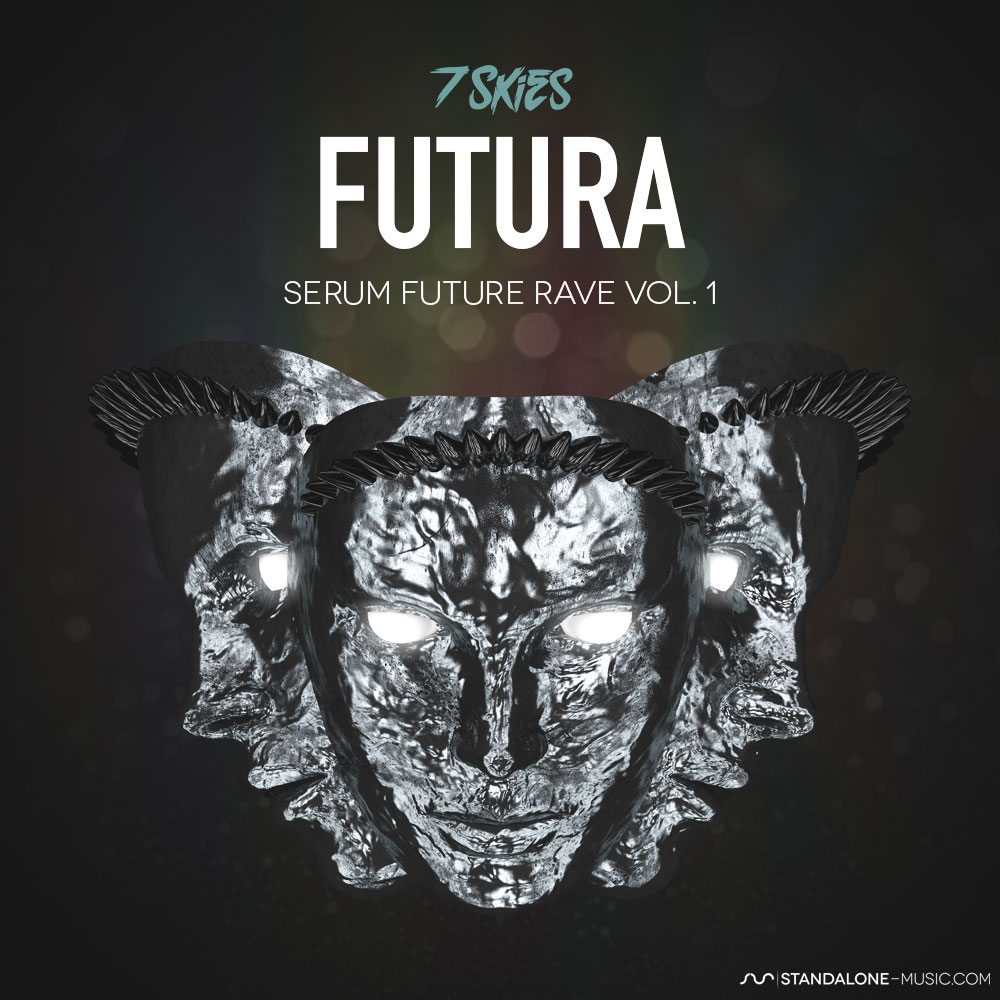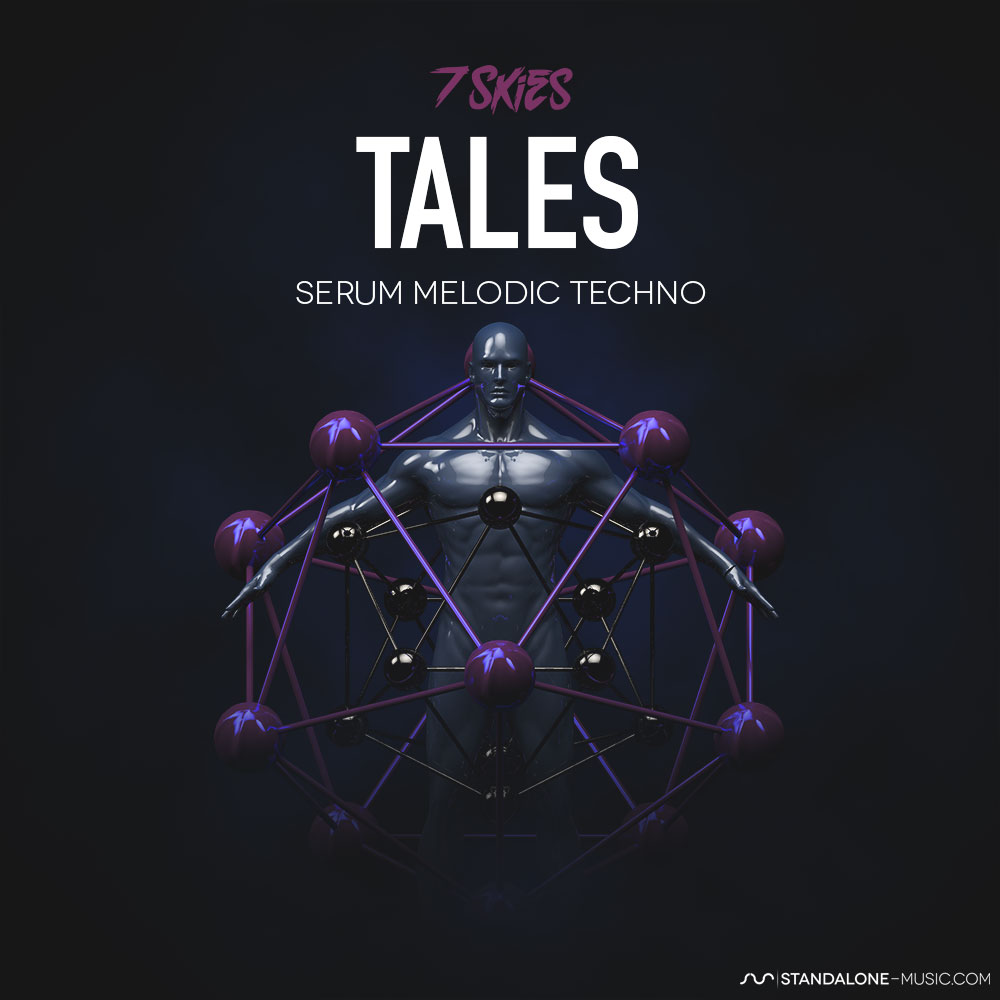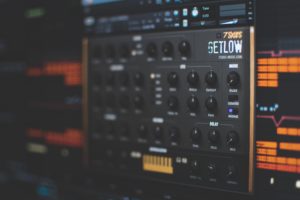Hey everyone, David 7 SKIES here, finally taking some time off making music and sounds to write another one of my “how-to blog posts.”
I recently released an official remix for none other than Armin Van Buren, and I want to go in-depth with my thought process behind the production but also how I got the gig in the hopes that this might help you with your career by providing helpful information and a bit of inspiration.
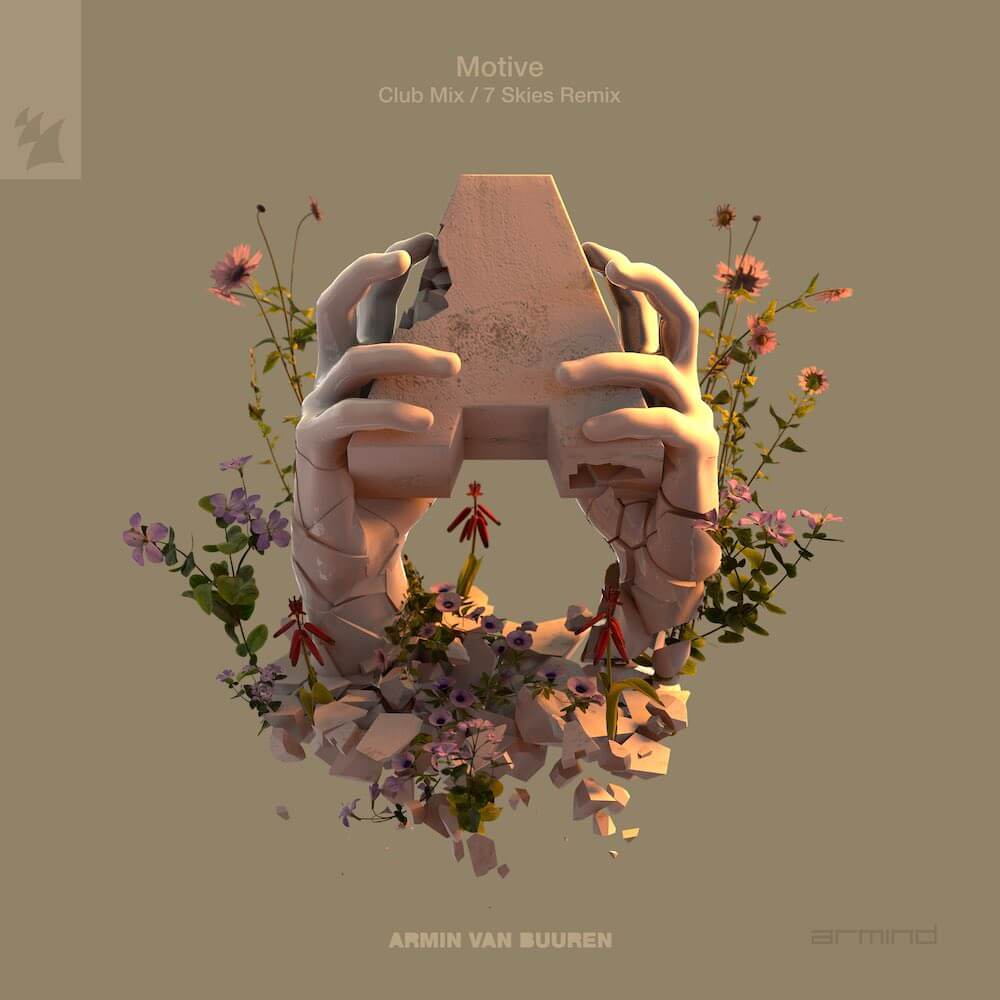
HOW I GOT THE GIG
You might have heard my bootleg remix of “Drugs from Amsterdam” by Mau-P.
You can get it for free HERE if you haven’t yet.
Anyway, this remix I did for fun ended up being supported like crazy by David Guetta, Morten, and Armin himself, who loved it so much that he asked me to remix his new single with a similar style. Funny how far a bootleg remix you do for fun can take you!
THE REMIX
After Armin and I agreed on the remix terms, he gave me the vocals and stems from the original (which I didn’t use as the vocal was all I needed).
In this case, the direction of the remix was easy to take as I knew I had to make something similar to the DFA remix, so all I needed was a catchy Future Rave-ish melody, which would have been half the job already.
Funny enough, the day before Armin asked me to do this remix, I had a melody in my head that I quickly wrote down and saved as midi for future projects. The day after, it fit perfectly with the vocal and vibe I was going for.
Little parenthesis, this is as good time as ever to remind you to please, ALWAYS save any melody or idea you come up with; you never know which worldwide famous producer will randomly ask you for a remix the next day…
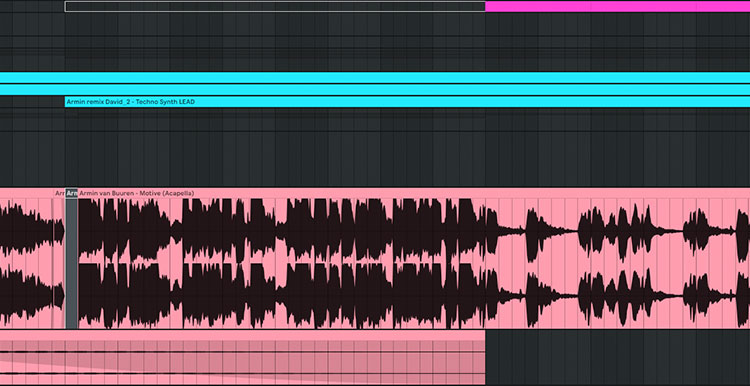
THE SOUNDS
For the most part, I used my libraries DIVYNE, TALES, and FUTURA though I designed some new sounds with Serum, especially for the bass in the first drop, don’t worry; they will be available soon in FUTURA2.
The lead is once again a new sound I designed in Serum for the “Drugs from Amsterdam” remix and changed it a little to fit better with this remix, and both variations will be available soon on FUTURA2
From DIVYNE, I used presets LD – After for the atmospheric pad in the breakdown, LD – 7 SKIES Future Stab for the chord stabs in the drops, BA – AssaSine for the sub-bass in drop2.
From FUTURA, I used presets LD – Speedway for the nasty saw sound in the breaks and drops, BA – Doom for the main bass in drop2.
And from TALES, I used the preset BA – C Drone for the Reese-style bass in the breakdowns.
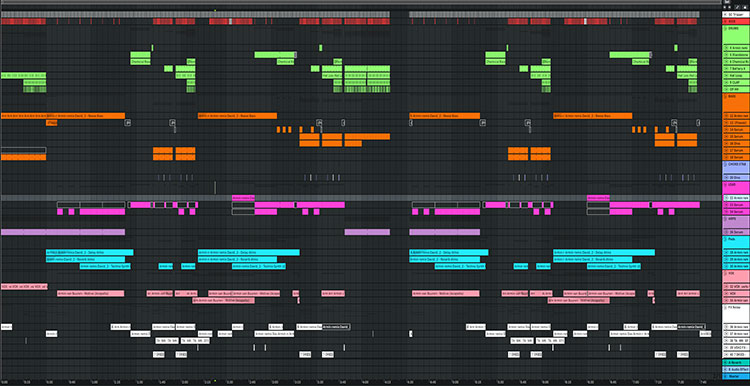
THE ARRANGEMENT
With all the ingredients ready for the remix, I only needed to put down the song. I knew the arrangement was going to be something similar to the DFA remix, so I did the first drop, second breakdown, and second drop (for some reason, I tend to do the first break last) and sent it over to Armin to get some feedback.
Armin loves the idea and the melody, but with this first export, the two drops are identical, using the same melody and sounds, so yes he loved it but at the same time he thinks it might be a bit boring to have the arrangement done this way, which I agreed completely.
Now, the Drugs from Amsterdam remix has two identical melodic drops as well, but that song (both original and remix) is based on that melody, so it is not redundant in that case.
With this Armin remix, however, the whole thing is more of a structured song, so I agreed with him that it had to “grow” into the melody and give more of a journey rather than give you everything right away.
So back to the drawing board, I deleted the melody from the first drop and only used parts of it every 8 bars to announce it here and there, this is helpful for a few reasons :
It helps to have an otherwise too-minimal and boring drop where all you have is a kick and the bass.
When the melodic part comes in the second drop, the melody has already been used a little, so it doesn’t come out of the blue, and the listener is somehow prepared for it.
By teasing the melody in the first drop, the listener wants that melodic drop even more. This gives more impact to the second drop and makes it a little more special cause, in a way, the listener has to “work for it” We don’t want to give them instant gratification, we want to keep them hooked ;)
After a bit of sound design and A LOT of automation, the first drop finally felt right, it had a bit of a different flavor from the second drop, but all the sections of the song still felt like they belonged together, so I sent it over to Armin again, and he loved it.
So now all I needed was the first break, which to me was honestly the most challenging part, mainly cause I wanted to have something very minimal yet interesting that would build up to the main melody playing solo for a few seconds before dropping into the minimal drop.
This section of the song took me three days, and I’m not going to lie, I had a friend helping me out with it cause I could not come up with something I was happy with, and I had a deadline to meet.

THE WRITER’S BLOCK
This brings up another essential point, for the longest time, I was the proud producer who would rather die than ask for help to finish a song, and I can guarantee that the only thing this behavior did to me was to slow me down tremendously.
By hanging out more with some of the biggest producers in the industry, I learned that they are not afraid to ask for help. I’ve helped big producers in the past, sometimes I got a bit of publishing, sometimes I got nothing cause I was having fun helping them (that was stupid, always get a little bit of publishing), and other times I got collabs out of it.
Understand that the final product matters the most; there are so many songs I didn’t release cause I was too proud to ask for help, and I felt like I was being “ghost produced.”
The result is a bunch of 90 seconds clips that will forever live on my drive, while they could have been songs enjoyed by thousands, so once again, if you are stuck, ask your producer friends to help you out!!!
The Mix & Mastering
For the most part, I mix as I produce, so the mixing process to me is limited to listening to the song a bunch of times after I finish it, and I make little adjustments here and there, but usually, by the time the arrangement is done, there is little work required on the mix side.
I hardly ever stem the track and make a mix project; everything is done in the main production project, it’s way quicker if I need to change something.
With mastering, however, I tend to do it in a new project, mainly cause I go crazy with oversampling, and since I use external gears, the export has to be real-time.
So, in this case, a fresh new project with just one audio file will be easy for the CPU to handle, and your real-time export will be crackle-free.
As for the mastering itself, I just slapped the “blue kind master” that you can find in my CHAINS pack for Ableton and Logic Pro.
I changed the R-bass and Eq settings a little, removed the UAD precision maximizer, and used StandardClip instead, and boom, two days later, I see Armin playing the song at the Balaton festival in front of many thousands of people and now is out on EVERY MAJOR PLATFORM for you to enjoy.
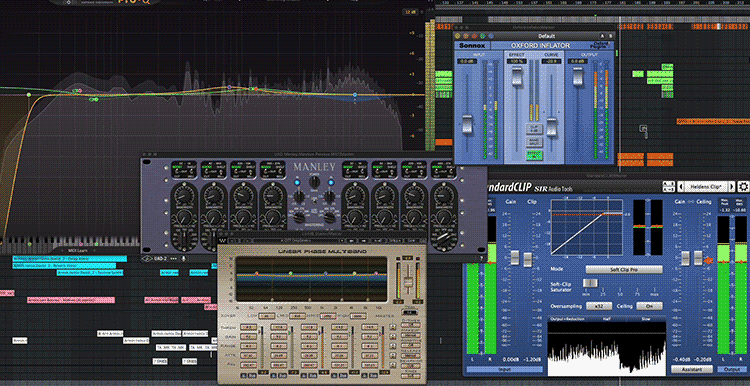
Conclusion
his article gave you a good amount of insights into the process behind this remix, and I hope it gave you some valuable information that will help and motivate you!
All the best!
David SKIES



